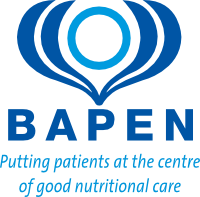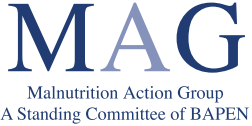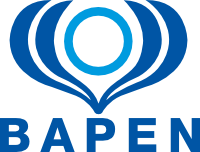Save the Date
Why take part?
By taking part in this national survey, hospitals, care homes and community teams can help build a clearer picture of malnutrition risk across the UK – highlighting what is working well and where care can be improved.
Your input directly helps guide action to ensure everyone receives the right nutrition, at the right time, in the right place.
Good data is the foundation for better nutritional care, smarter planning, and stronger advocacy for those at risk. It can ultimately help reduce the burden of malnutrition across the UK by:
- Identifying the scale of the problem
- Data shows how many people are affected, where they are, and which groups are most at risk such as older adults, people in hospitals, or those living in the community.
- This helps ensure malnutrition is recognised as a significant public health issue rather than an invisible or overlooked one.
- Improving patient care and outcomes
- Knowing who is malnourished or at risk allows for earlier detection and intervention.
- Tracking treatment outcomes helps identify which nutritional care approaches are most effective.
- Planning and allocating resources
- Accurate data helps the NHS and social care services plan staffing, training, and funding.
- It ensures resources are directed where the need is greatest, reducing waste and inequalities.
- Monitoring trends and evaluating progress
- Repeated data collection allows changes over time to be tracked, showing whether interventions or policies are working.
- It helps identify emerging challenges (for example, due to economic hardship or an ageing population).
- Supporting policy, research, and advocacy
- Reliable data provides evidence to support national strategies, funding bids, and policy decisions.
- It strengthens advocacy for better nutrition standards in hospitals, care homes, and communities.
- Reducing healthcare costs
- Malnutrition increases hospital stays, complications, and readmissions.
- Understanding its prevalence and treatment effectiveness supports cost-saving prevention strategies.
Who should I survey?
To understand the true prevalence of malnutrition risk, we would like you to survey all patients or clients in a particular area, not just those who are receiving nutritional care, at risk of malnutrition or known to the dietitian.
We would suggest completing the survey on a whole ward, a clinical area, an out patients’ clinic, all residents in a care or nursing home, people attending a GP surgery or those receiving district nursing or domiciliary care.
To avoid duplication of data submission we suggest that you have a nominated lead for co-ordinating completion of the survey.
What data are you collecting?
The survey uses existing patient or client data which should be available from records or notes. It includes primary diagnosis, gender at birth, age, any malnutrition screening tool used and the latest score, and any nutritional support being given.
How long does it take?
Once you have the patient records available the survey should take less then 2 minutes per patient.
The survey uses drop down boxes so is quick to complete.
If you can’t find a particular data set move to the next question.
Who can complete the survey?
Any healthcare professional or authorised person can complete the survey. An authorised person may work in the organisation and have existing access to patient or client records. For example, a healthcare professional student or an individual working in health and social care.
Can I use my phone or tablet to complete the survey?
The survey can be used on a desktop computer, laptop, tablet or smart phone.
How do I collect my organisations own data?
You are able to download each patient’s or client’s data set before you submit it.
You can use this data to report on local prevalence and treatment of malnutrition risk. You can compare local data with regional or national data.
How do I take part?
Taking part is easy.
Complete the very short survey for each patient or client. Download the completed data sheet if you wish to keep the data locally. Then submit the form.
Once submitted you will automatically be taken to another data entry form for your next patient or client.
What will you do with my data?
BAPEN will use your anonymised data in reports, publications, presentations, social media and other such communications with the ambition of raising awareness of malnutrition as a public health and the need for timely, appropriate screening and evidenced-based nutritional care.
You are unable to withdraw data once submitted.
Your data will be stored by BAPEN for 10 years. Data storage will be in accordance with compliance UK law and data governance (GDPR).




